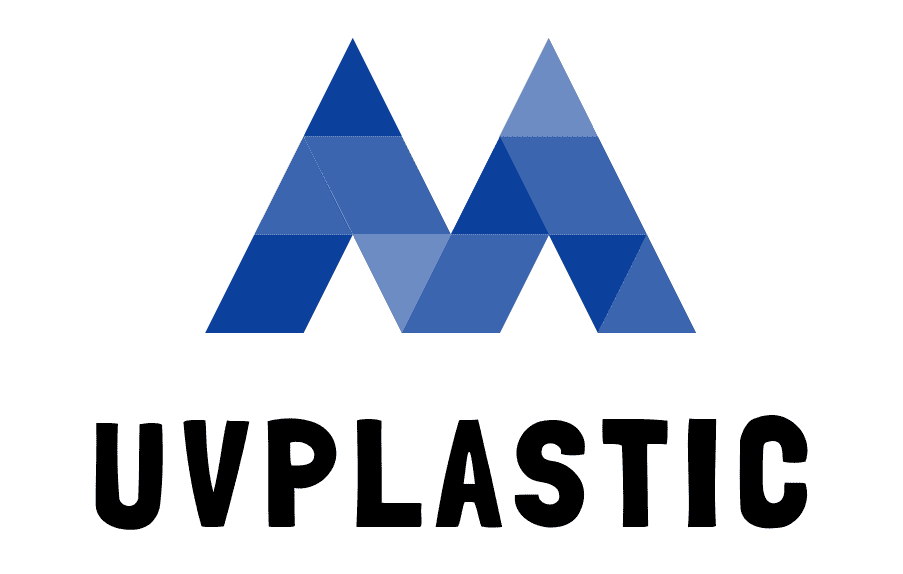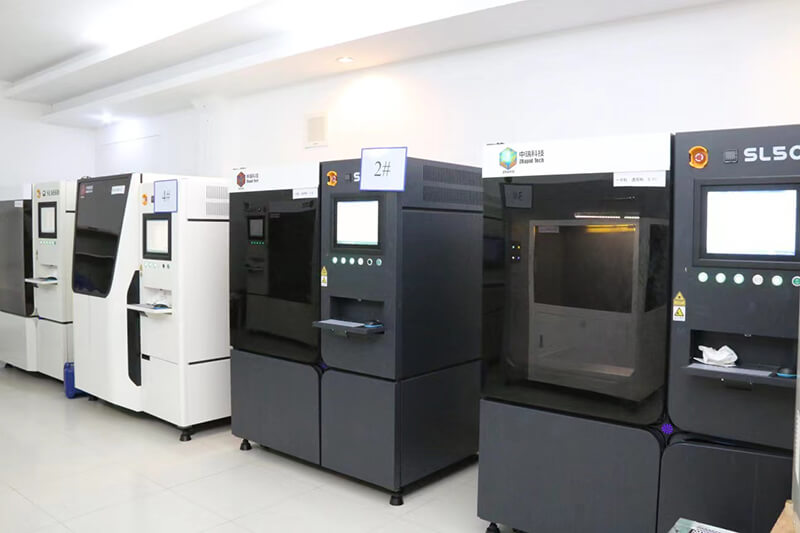What you should know about anti-static plastic sheet
What Is Anti-Static Plastic?
Anti-static is a substance or method that disperses, reduces, or prevents static charges from accumulating on objects such as clothes, electronics, paper, etc.
Plastic is an excellent insulator, which means it conducts electricity poorly. As a consequence, electrical charges will accumulate on its surface, causing static build-up.
This sometimes happens when material slides, rubs, or separates and then discharges when it comes into contact with an individual or a microcircuit.
Hostile to static plastic is utilized to limit electricity produced via friction and harm from electrostatic release (ESD). These materials don’t create static electricity. That’s why it is ideal for storing electronic parts and components in environments where ESD and fire risk are a concern.
What You Should Know About Anti-static Plastic Sheet?
Static electricity is a normal occurrence that, if not properly handled, can result in major losses. As a result, ESD security is needed to ensure the highest level of static control for your goods. It would also support in reducing the harmful effects of static electricity.
The entirety of this article will be devoted to teaching you about anti-static plastic and its benefits.
Features of Anti-static Polycarbonate Sheet
The antistatic plastic eliminates the risk of static discharge destroying your equipment or goods. Fillers/additives are commonly used to improve the conductivity of plastics.
However, this is not the safest solution since it reduces the material’s strength and effectiveness. Furthermore, improving the conductivity of plastics is a time-consuming, volatile, and challenging task.
Here are the features of anti-static plastic.
Static Dissipative
The first feature of anti-static plastic is it is static dissipative. The ability of a substance to pass the static charge to the ground or other conductive objects is known as static dissipation. As we all know, Plastics aren’t inherently dissipative; fillers are used to make them so.
Electrostatic dissipation can be extremely harmful and hazardous. It can start fires, cause explosions, destroy electronic components, and even erase magnetic media. This is why plastic should be static dissipative. Thus it will help to reduce the dangers and negative consequences of static dissipation.
Surface Resistive
Surface resistivity is a critical function that must be established in every ESD coating for plastic. This is because it determines the amount of static charge that can accumulate on the material.
The surface resistivity of an excellent antistatic coating for plastic is now expected to be 106-108 ohm/square. Such resistivity is sufficient for dust management, charge bleeding, and even electrostatic painting on plastics.
ESD polycarbonate sheet is a popular material of 3D printing machines for rapid prototyping.
Chemically Resistant
At any point, an anti-static plastic object may come into contact with different chemicals.
These chemicals negatively impact the coating’s longevity, and corrosion can cause the conducting layer to wear away, decreasing its antistatic effectiveness gradually.
As a result, a good ESD coating for plastic should be resistant to the effects of chemicals like solvents and the like.
Scratch Resistant
The end result of a plastic application is highly dependent on the surface hardness. The coating must harden after it has been applied, and this must happen quickly and efficiently.
In this case, a rough surface can help to reduce the likelihood of scratching, which can affect the coating’s antistatic properties. Scratch resistance properties are the strongest feature that helps you to gain a long-term static control solution.
Humidity Resistance
The humidity-independent static charge regulation of ESD polycarbonate is ideal. It’s a critical feature because that helps to escape the hassles that maintain high humidity levels.
It also assists in the prevention of potential damage caused by high humidity.
Flame-Resistant
An anti-static polycarbonate sheet is also a flame retardant, which adds to the component’s defense in the event of a fire.
Impact Resistance
Anti-static polycarbonate sheet improves the material’s and application’s overall durability. It also hardens the surface, lowering the risk of the sheet being damaged. Additionally, exceptional shatter resistance is supported by excellent impact resistance, which is ideal for protection.
Clarity
Transparency is also important for this material. Naturally, it allows for optimal light propagation, which is crucial in applications requiring high visibility. As a result, this property is critical since it aids in the reduction of apparent distortion.
Frequently Asked Questions
Is ESD Polycarbonate Sheet safe?
Yes, absolutely! ESD polycarbonate is one of the best materials used for a variety of uses. It eliminates static electricity naturally, which helps to protect or contain flammable gases or liquids.
Does Anti Static Polycarbonate Sheet Block UV?
The anti-static theory is mainly dependent on the material and form of operation. Anti-static chemicals, on the other hand, operate by making materials electrically conductive.
This is accomplished by either being electrically conductive or absorbing moisture from the air, causing the coated surface to conduct. An anti-static surface will quickly dispel static or redirect sparks in a less harmful way since it is electrically conducting.
How Does An Anti-static Work?
The anti-static theory is particularly dependent on the material and form of operation. Anti-static chemicals, on the other hand, operate by making materials electrically conductive.
This is accomplished by either being electrically conductive or absorbing moisture from the air, causing the coated surface to conduct. An anti-static surface will easily dispel static or redirect sparks in a less harmful way since it is electrically conducting.
Is Anti Static Polycarbonate Sheet Suitable For Outdoor Use?
Yes, absolutely. It is suitable for a wide variety of outdoor applications due to its flame retardant and weather resistance properties.
What Materials Are Commonly Used With Anti-static?
PMMA, also known as acrylic and plexiglass, Polycarbonate, and PETG are the two most popular options. Because they are light, clear, and readily available, they’re also simple to make and stick to various surfaces.
How Is Antistatic Applied To Materials?
As anti-static comes in two varieties- coating and spray, it depends on the particular object. It also depends on the application’s size, mobility, and, most importantly, application form.
The coating is applied to a polycarbonate surface in the shape of a sheet. On the other hand, Spray is a liquid that you add to an object to remove electrostatic discharge.
How Adhesive Are Anti-static Materials?
Fine. The majority of anti-static materials, particularly polycarbonate and acrylic, adhere to a variety of surfaces. Rubber, steel, metal, glass, and plastic are only a few examples.


